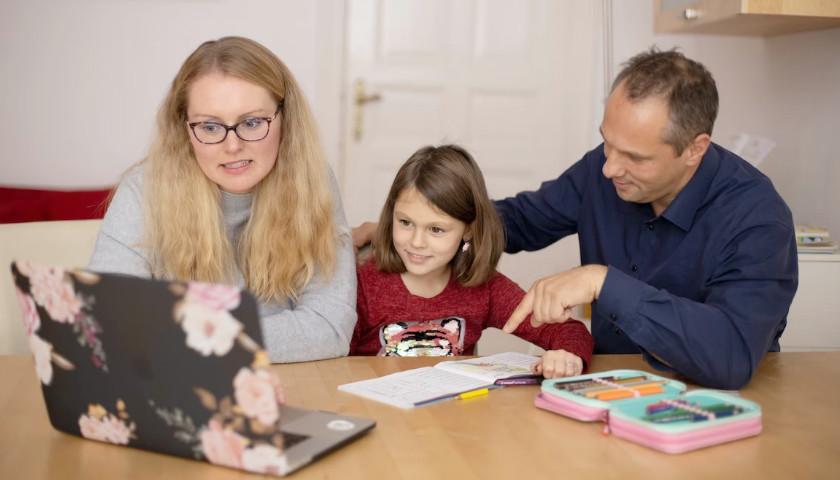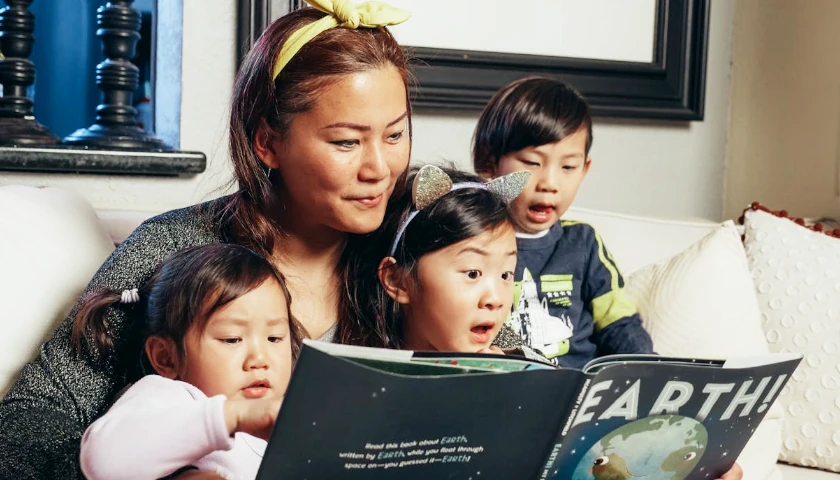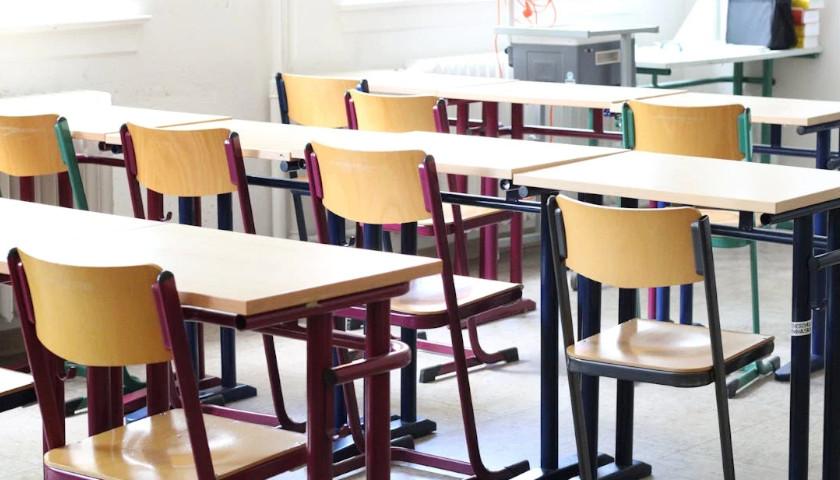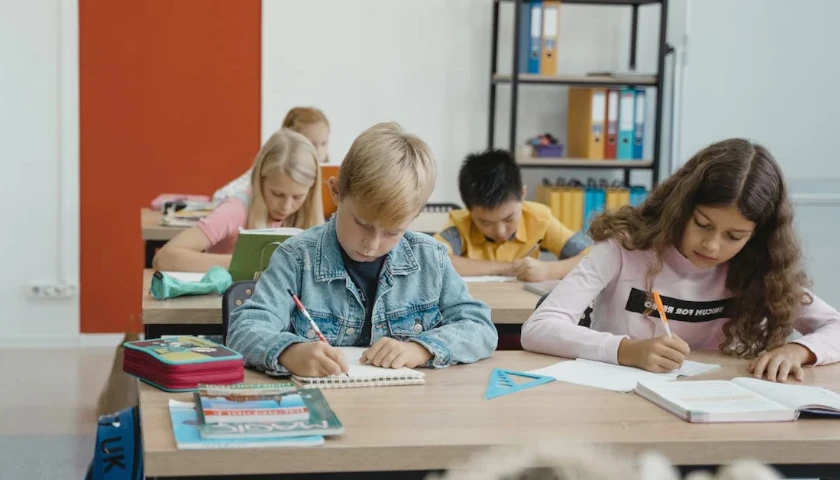by Heather Carson
Questions about the socialization of homeschooled children are by far the most frequently asked of a homeschooling parent. The misconception is that without the traditional school experience to provide social training, homeschooled children will grow up having no idea how to function and fit into society.
My own children have been peppered with questions about their socialization training, or lack thereof, by complete strangers while the adult doing the questioning ignores all social cues and boundaries about the appropriateness of such an inquisition of a child. I myself have also been questioned, sometimes quite aggressively, about the issue of socialization as it relates to my homeschooled children.
Most people are well-meaning and just motivated by a sense of concern. Our culture has adopted the idea that the best way to provide social training is through the traditional school experience, and there’s not a strong conception that a better way exists.
Before we proceed, a definition of socialization might be helpful. According to Merriam-Webster, socialization is simply “the process beginning during childhood by which individuals acquire the values, habits, and attitudes of a society.”
So, the question becomes how well does our traditional mode of socialization—the school setting—hold up to this definition. Does the socialization acquired in school, and what’s left of family time after school and work, provide an adequate transfer of the “values, habits, and attitudes” of our society? Does the school setting adequately develop a child into an adult who can manage conflict, make friends, navigate boundaries in the workplace, and live a life grounded in values that are consistent with our larger culture?
Since the learning of values and social norms is so crucial to the socialization of a child, we’ll examine that first. John Taylor Gatto won New York State Teacher of the Year in 1991, with more than two decades of teaching experience, after which he resigned. In his book Dumbing Us Down, he points out that from the moment a child enters into the school system, that child is thrust into a world that is detached from the real world.
One of the biggest problems with this model is that of age segregation. Gatto writes:
It is absurd and anti-life to be part of a system that compels you to sit in confinement with people of exactly the same age and social class. That system effectively cuts you off from the immense diversity of life and the synergy of variety; indeed, it cuts you off from your own past and future, sealing you in a continuous present much the same way television does.
Those of us brought up in the public school system know very well there is to be no socializing in the classroom—that would take the focus away from the lesson. Time reserved for forming friendships is squeezed into interactions in the hallway, at the lockers, or in the 20 minutes reserved for lunch. If you’re lucky enough to have musical or athletic abilities (and the time and money), further socializing can take place during extracurricular activities. However, spending a full-time workweek in school saps many kids of the energy to do more.
A key aspect to the learning of social and cultural values is time with one’s family. A child’s parents and siblings comprise his primary support system and are where he first will learn the basics of communication.
These days, with children being put into school or day care earlier and earlier, the time spent with family is less and less. Children are forced to look with greater importance and emotional dependency to the school to meet their needs. Teachers are overwhelmed—these kids are not their children, but the felt need is that of a primary attachment figure. Family time is an afterthought.
For many, the pandemic was a terrifying crisis, but for some, it was the best thing that ever happened in relation to socialization and education. It was a forced detox from the school system, and it revealed the dysfunctional dependency kids have on their teachers and peers in a system that does not care about these children’s mental and emotional health.
Not surprisingly, during the pandemic, the number of families choosing to homeschool dramatically increased, and that number is staying high despite a small decrease post-pandemic.
The pandemic was a wake-up call for parents and students. I spoke with many parents who revealed how much happier and calmer their kids were now that they were out of school and at home. The majority of homeschooling families are well-rounded and very engaged in both the academic and social development of their kids. Most of the times when my children and I were questioned about socialization, it was because we were out at the park hanging with other homeschooling families, at the grocery store together as they learned life skills, or at the library participating in the many free activities offered there.
My favorite response from one of my children, when questioned about her socialization, came during a conversation with another teen. It went something like this:
Teen: “So, how do you, like, talk to people?”
My child: “Well, I’m talking to you right now.”
Teen: “Well, I mean, it might not happen again!”
Wow.
Homeschooled kids are living real life, not a life in an age-segregated sub-world where socializing occurs in rare stolen moments between ringing bells.
In my city alone, there are dozens of social homeschool groups that meet on a weekly basis for the purpose of nurturing and developing lifelong friendships. There are gym classes, soccer clubs, dance classes, chess clubs, and so on. There is a school for the arts near us that dedicates an entire day to providing arts-related classes to the homeschool community. The opportunities are endless!
The question of socialization isn’t really a question for homeschoolers but for children stuck in the dysfunctional American school system. It’s a crisis.
– – –
Heather Carson is a contributor to Intellectual Takeout.





